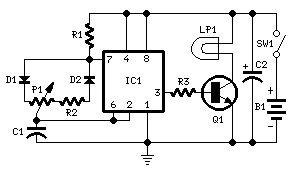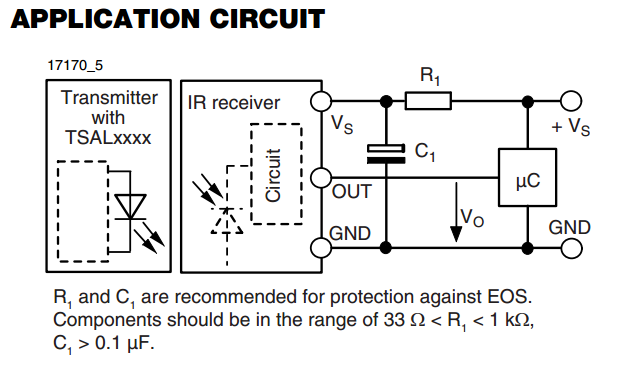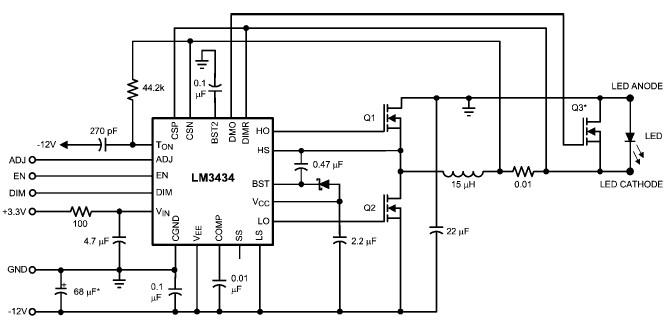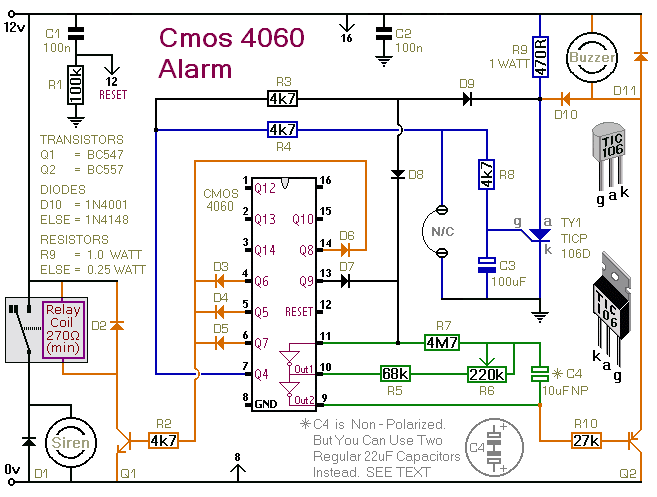
3V Lamp Brightness Controller circuit diagram

Here is a circuit diagram for adjusting the brightness of a light bulb. The second battery is utilized to power the circuit. This circuit can be used to modify the brightness of images during close-up photography with a digital camera. The integrated circuit IC1 generates a 150Hz square wave with a variable duty cycle. When the potentiometer P1 is fully turned towards D1, the output positive pulses at pin 3 of IC1 are very narrow, resulting in the lamp LP1, driven by Q1, being off due to insufficient voltage across its leads. As potentiometer P1 is rotated towards R2, the width of the output pulses increases, reaching maximum amplitude when the potentiometer is fully clockwise, thus allowing the lamp to achieve full brightness. Resistor R2 limits the output voltage across the leads of LP1 to 1.5V. The actual resistance value is determined by the total current drawn by the bulb(s) and should be adjusted under full load to ensure approximately 1.5V across the leads of the bulb(s) when the potentiometer P1 is fully turned clockwise.
The circuit operates by generating a square wave signal that modulates the power supplied to the light bulb, allowing for precise control of brightness. The integrated circuit (IC1) is the heart of the circuit, producing a stable 150Hz signal. The duty cycle of this signal is adjustable through the potentiometer P1, which alters the width of the output pulses. The narrow pulses, when P1 is turned towards D1, result in minimal power being delivered to the lamp LP1, effectively turning it off. Conversely, as P1 is adjusted towards R2, the pulse width increases, allowing more power to flow to the lamp, thereby increasing its brightness.
Transistor Q1 acts as a switch that is controlled by the output from IC1. When the pulses are narrow, Q1 remains off, preventing current from flowing through the lamp. As the duty cycle increases, Q1 turns on more fully, allowing greater current to flow through LP1, illuminating it to its maximum brightness. The resistor R2 serves a crucial role in limiting the maximum voltage across the lamp to a safe 1.5V, which is necessary to prevent damage to the bulb while ensuring optimal performance. The value of R2 must be selected based on the specific characteristics of the light bulb being used, taking into account the total current draw to maintain the desired voltage level across the bulb leads.
This circuit is particularly useful in applications where variable lighting is essential, such as in photography or in environments where mood lighting is required. By providing an easy-to-use interface through the potentiometer, users can achieve the desired brightness level quickly and efficiently. Overall, this circuit exemplifies effective use of basic electronic components to achieve a practical and functional lighting solution.Here`s a circuit diagram for setting the brightness of the light bulb. You simply use the second battery to make the fruits of this circuit works. Example usage of this circuit is to adjust the brightness of images for close-up photo shoot with a digital camera. IC1 works to generate 150Hz square wave which having a variable duty-cycle. When poten siometer P1 is fully rotated towards D1, the output positive pulses appearing at pin 3 of IC1 are very narrow. Lamp LP1, driven by Q1, is off as the voltage across its leads is too low. When potensiometer P1 is rotated towards R2, the output pulses increase in width, reaching their maximum amplitude when the potentiometer is rotated fully clockwise.
In this way the lamp reaches its full brightness. R2 limits the output voltage, measured across LP1 leads, to 1. 5V. Its actual value is dependent on the total current drawn by the bulb(s) and should be set at full load in order to obtain about 1. 5V across the bulb(s) leads when potensiometer P1 is rotated fully clockwise. 🔗 External reference
The circuit operates by generating a square wave signal that modulates the power supplied to the light bulb, allowing for precise control of brightness. The integrated circuit (IC1) is the heart of the circuit, producing a stable 150Hz signal. The duty cycle of this signal is adjustable through the potentiometer P1, which alters the width of the output pulses. The narrow pulses, when P1 is turned towards D1, result in minimal power being delivered to the lamp LP1, effectively turning it off. Conversely, as P1 is adjusted towards R2, the pulse width increases, allowing more power to flow to the lamp, thereby increasing its brightness.
Transistor Q1 acts as a switch that is controlled by the output from IC1. When the pulses are narrow, Q1 remains off, preventing current from flowing through the lamp. As the duty cycle increases, Q1 turns on more fully, allowing greater current to flow through LP1, illuminating it to its maximum brightness. The resistor R2 serves a crucial role in limiting the maximum voltage across the lamp to a safe 1.5V, which is necessary to prevent damage to the bulb while ensuring optimal performance. The value of R2 must be selected based on the specific characteristics of the light bulb being used, taking into account the total current draw to maintain the desired voltage level across the bulb leads.
This circuit is particularly useful in applications where variable lighting is essential, such as in photography or in environments where mood lighting is required. By providing an easy-to-use interface through the potentiometer, users can achieve the desired brightness level quickly and efficiently. Overall, this circuit exemplifies effective use of basic electronic components to achieve a practical and functional lighting solution.Here`s a circuit diagram for setting the brightness of the light bulb. You simply use the second battery to make the fruits of this circuit works. Example usage of this circuit is to adjust the brightness of images for close-up photo shoot with a digital camera. IC1 works to generate 150Hz square wave which having a variable duty-cycle. When poten siometer P1 is fully rotated towards D1, the output positive pulses appearing at pin 3 of IC1 are very narrow. Lamp LP1, driven by Q1, is off as the voltage across its leads is too low. When potensiometer P1 is rotated towards R2, the output pulses increase in width, reaching their maximum amplitude when the potentiometer is rotated fully clockwise.
In this way the lamp reaches its full brightness. R2 limits the output voltage, measured across LP1 leads, to 1. 5V. Its actual value is dependent on the total current drawn by the bulb(s) and should be set at full load in order to obtain about 1. 5V across the bulb(s) leads when potensiometer P1 is rotated fully clockwise. 🔗 External reference





